The Stuff They Use to Make the Games



Today we're looking at a pair of 'trade ads'. These are magazine advertisements that mention Wing Commander because they're promoting different pieces of middleware that were used in the creation of the series. The first is from the July 1995 issue of Next Generation magazine which promotes Wing Commander III's use of Silicon Graphics' graphics computer to generate its CG sequences:
Here's an excerpt from Origin's Official Guide to Wing Commander III where Chris Douglas talks about the team's then-intense SGI requirements:
CD: Yes, indeed. Yes, indeed. The first and greatest surprise for the artists was that we had about two years worth of stuff to do, but only one year of time to do it. The second surprise was the hardware. We needed high-tech computers. We needed lots of them. At first we thought that one Indigo II, and three Blue Indy computers would do the trick. Then we realized that we couldn’t use the Indies, and had to replace them with Indigo ll’s — then we needed another Indigo II.And then here's an advertisement from the April/May 1996 issue of Game Developer, an industry publication. This is for the "Sound Operating System 4.0" which it notes was used for Wing Commander III. Less celebrated than an SGI machine, Sound Operating System was a middleware library for audio playback. You can try a vintage demo of it on the Internet Archive!
But then even that wasn't enough. We had to have an Onyx — which is a super high-end multi-processor system. Then we needed a vault for the Onyx to hold enough drives to supply all the data storage. That’s not even mentioning the software. Wing III needed to be designed in Alias — it creates graphics superior to 3D Studio’s artwork. It provides a higher quality for shading, lighting and texture because it is a ray-tracing program. All in all, the hardware and software costs mushroomed to a lot more than anyone expected.

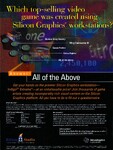
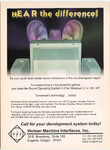

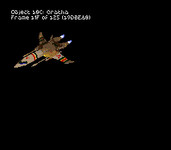
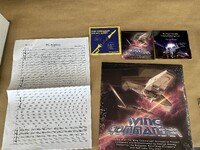

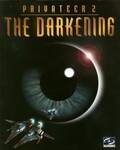
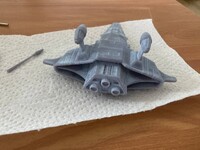



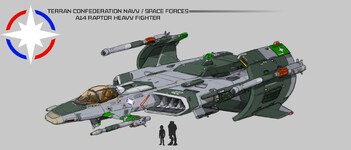




Follow or Contact Us